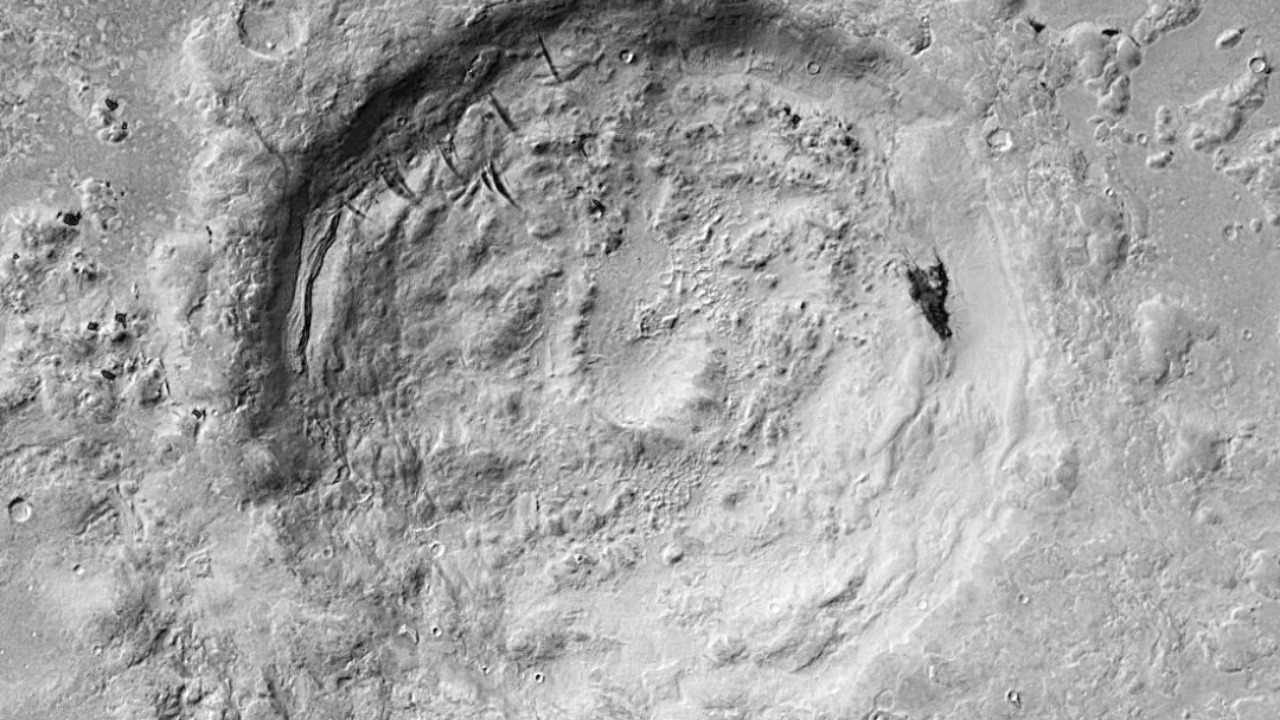
Over the past five years, scientists have made significant strides in solving some of the most baffling mysteries of space. These breakthroughs have provided us with a deeper understanding of the universe and our place within it. Let’s delve into these fascinating revelations.
The Origin of Fast Radio Bursts

Fast Radio Bursts (FRBs), intense radio signals that only last a few milliseconds, have puzzled scientists since their discovery in 2007. However, recently, astronomers have traced some of these FRBs back to their sources, revealing that they originate from distant galaxies. This breakthrough has provided a new way to study the universe’s vast expanse and further understand the cosmos.
The Discovery of Water on Mars

One of the most exciting discoveries in recent years is the confirmation of water on Mars. Researchers found evidence of a lake beneath the planet’s south polar ice cap, bolstering the possibility of life beyond Earth. This discovery could have significant implications for future Martian colonization plans and the search for extraterrestrial life.
The Nature of Dark Matter

Dark Matter, an elusive substance that makes up about 27% of the universe, has been a significant mystery in astrophysics. In recent years, advancements in computer simulations have allowed scientists to understand how galaxies formed and evolved, providing clues about the nature of dark matter. However, the exact properties of dark matter remain unknown, making it one of the most intriguing mysteries of the universe.
The Existence of the Planet Nine
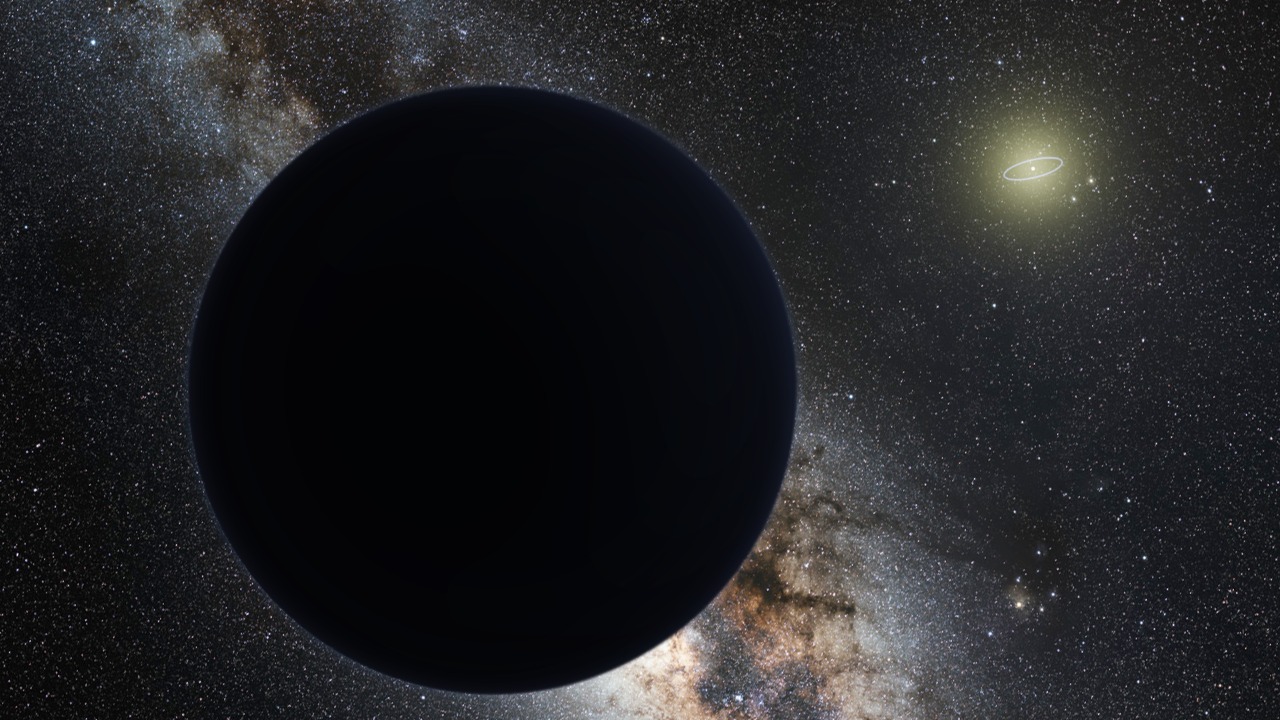
There’s been much debate about the existence of a hypothetical Planet Nine in our solar system. In recent years, several lines of evidence have suggested that this distant, giant planet could indeed exist. These include peculiarities in the orbits of certain trans-Neptunian objects and the gravitational anomalies that can’t be explained by other known celestial bodies. However, the search for Planet Nine is still ongoing.
The Actual Age of the Universe
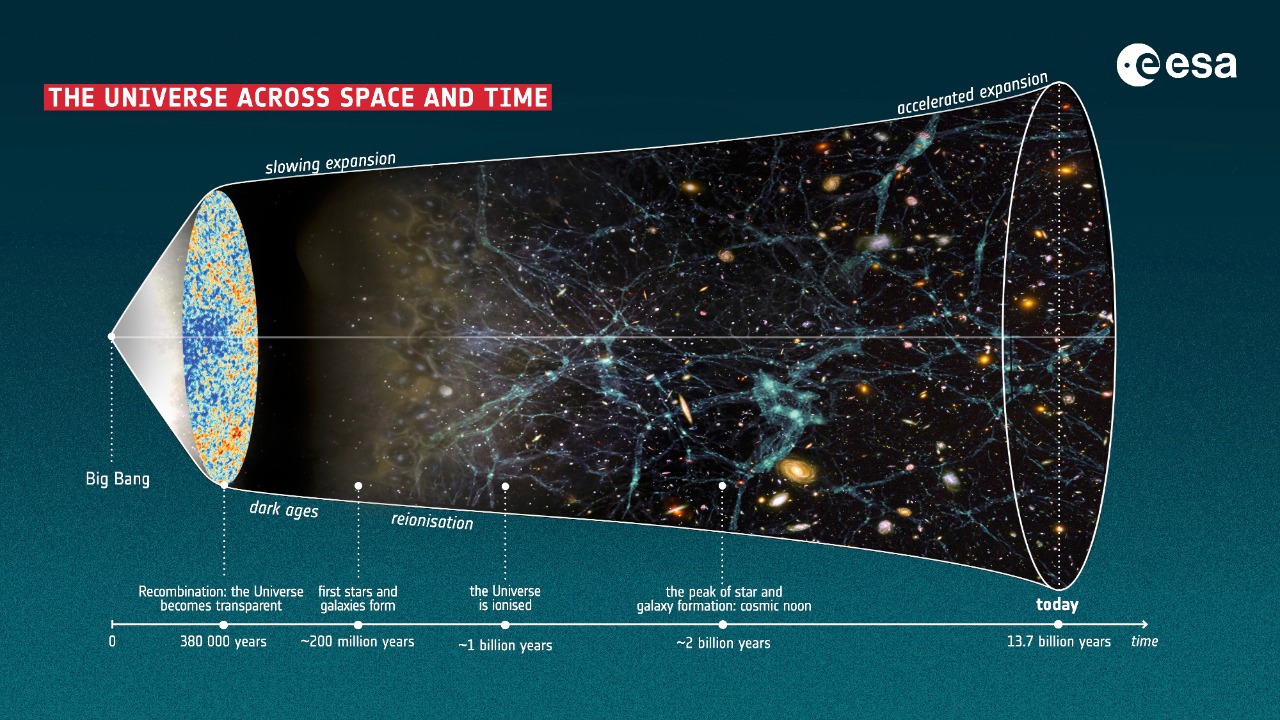
Calculating the universe’s age has been a challenging task, with different measurements often yielding varying results. However, recent advancements in technology and improved astronomical observations have helped narrow down this estimate. The latest research suggests that the universe is approximately 13.8 billion years old, providing a more precise understanding of the cosmos’s age.
The Mystery of Black Hole Images

For a long time, black holes were mysterious and elusive celestial objects. But in 2019, scientists achieved a milestone by capturing the first-ever image of a black hole. The image, which shows a bright ring formed as light bends in the intense gravity around a black hole that is 6.5 billion times more massive than the Sun, has shed light on these mysterious phenomena and confirmed Einstein’s theory of general relativity.
The Source of Cosmic Rays
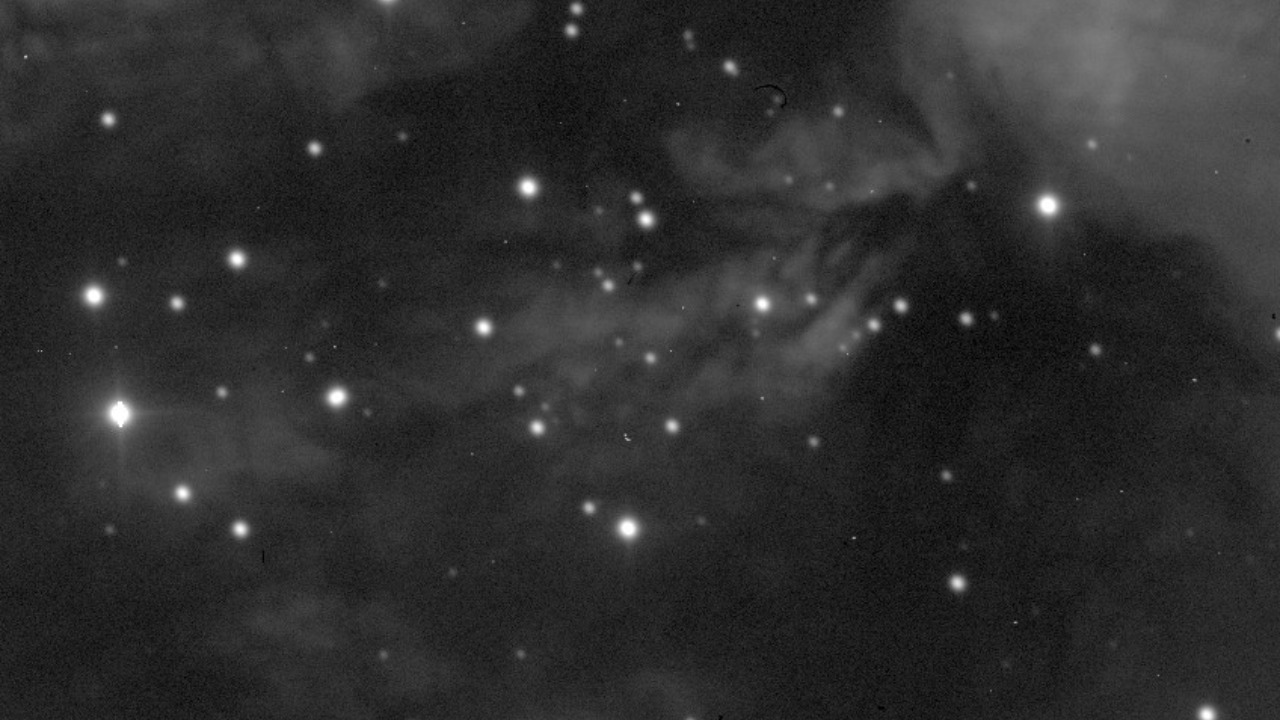
Cosmic rays, high-energy particles that bombard Earth from all directions, have puzzled scientists for over a century. However, recent observations have traced some of these particles back to their sources. Scientists now believe that cosmic rays originate from supernovae, the explosive deaths of massive stars, providing a crucial piece in the puzzle of understanding our universe.
The Peculiar Shape of the Milky Way

Recent research has revealed that our home galaxy, the Milky Way, isn’t as flat as previously believed. Scientists found that it is warped and twisted, shaped more like a pringle than a pancake. This discovery, made with the help of 3D mapping, has given us a better understanding of the Milky Way’s structure and its place in the universe.
The Mysterious Dimming of Betelgeuse Star

In late 2019, astronomers noticed that Betelgeuse, one of the brightest stars in the night sky, started to dim unusually. This led to speculation that it might be about to explode. However, further observations revealed that the dimming was likely caused by a cloud of dust ejected by the star, solving one of the recent mysteries of the cosmos.
The Presence of Phosphine on Venus
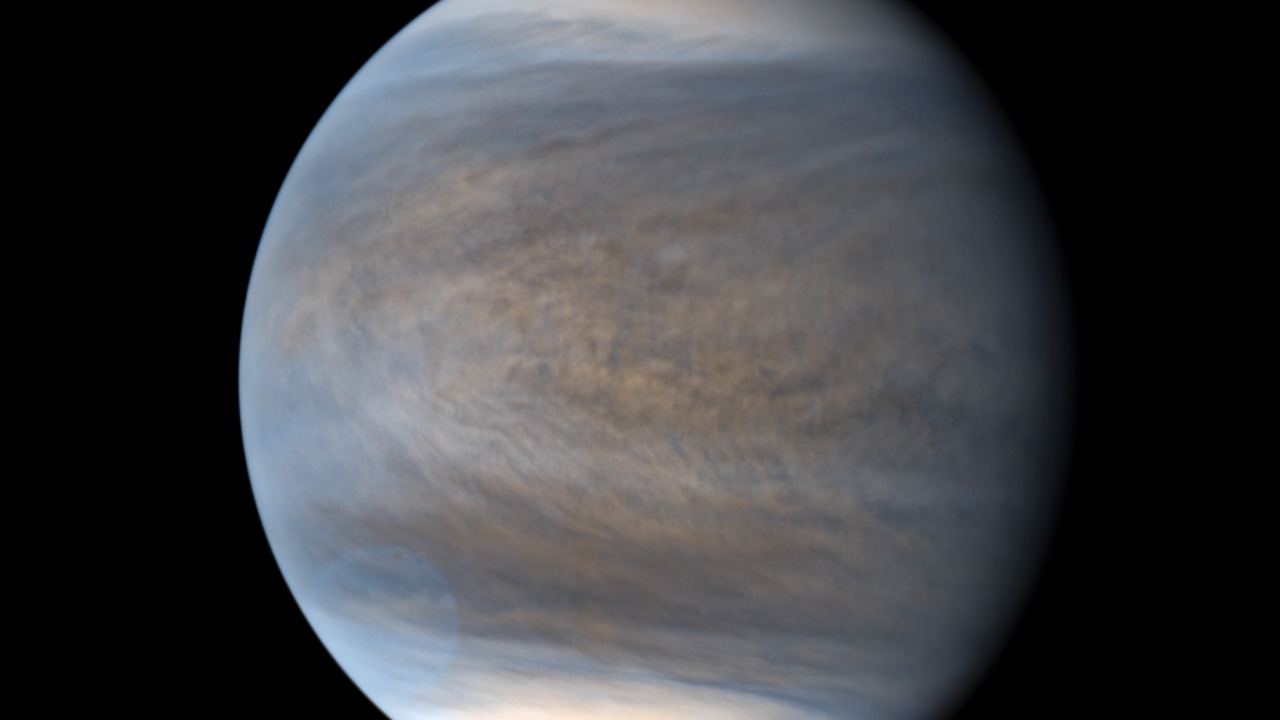
In 2020, scientists detected phosphine, a gas typically associated with life, in the atmosphere of Venus. This discovery sparked excitement and speculation about the possibility of life on this inhospitable planet. However, while the presence of phosphine suggests the possibility of life, it’s not definitive proof, and further research is needed to confirm these findings.